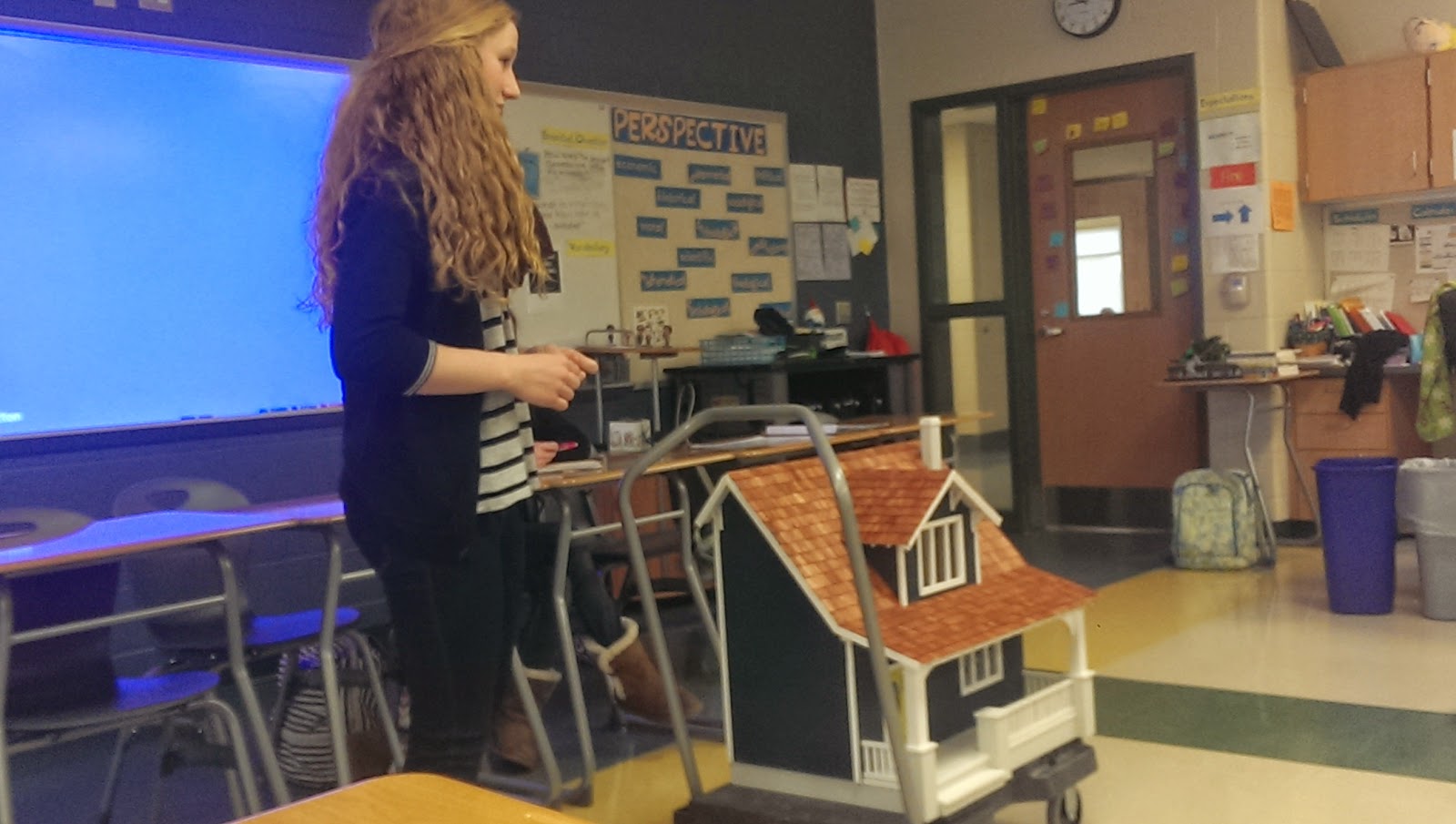 |
| the most reflected-upon collage, ever. |
Aside from my marginal fascination with the new commercials, and maybe the mystery of Katy Perry's surprise collaborators, you could not be more wrong about my interest in the Superbowl.
The BIG Weekend, the new news, is that the TDO (Talent Development Opportunity) proposals are rolling in. I can't even begin to imagine what my students dream up for the Themes in Literature version of Genius Hour. Many of the projects are things that I've never even heard of, and some of them are the beginning of something that you'll see on the internet, stage, or billboards. Yes, we're always looking for an authentic audience type of project, and the real focus is about the metacognitive process of reflection on the journey through the 18 week project.
It truly is my favorite time of the semester!
The very last Te@chtought Challenge for January:
Share about a time that you experienced the joy of learning with your students.
Well. |
| yes, she MADE that architectural model. |
The interesting thing about Themes in Lit. is that every semester there are students who have taken the course before (focusing on a different theme), and others who have no clue what they're in for. As the semesters have passed, we've revised the process together, and there is a greater understanding that their individual projects are great, but they are collectively working to focus on reflection, habits of mind, and metacognitive strategies. The new learners are overwhelmed. The veterans are excited to expand on a previous project, come up with something completely new, or are motivated by something done by a classmate.
I've read the proposals (which aren't technically due until Monday), that have hit my googledrive up to this point. There are tons of amazing ideas. There is always one giant standout proposal:
While within Mrs. Heydt’s room,
A theory did I steal,
From Bryce, the mighty Wizard,
A quest of highest zeal.
This quest is rather bookish
(Read Ulysses shall I not),
But write instead some stories,
‘Cause that’s ‘bout all I got.
I want to ‘cause I want to,
not because I must
I shall become a poet,
out of choice, never thrust.
Wait, I lied, go back again.
That just now were but a lie
I shalln't write in verse so much,
I’d rather truly die.
Now my final statement,
short stories will I pen,
And if I’m extra eager,
I’ll write a poem again.
So Quoth the Raven.
(J. H. - Senior)
It's going to be a great final semester. Stay tuned for photos, stories, and, maybe, another poem.

















